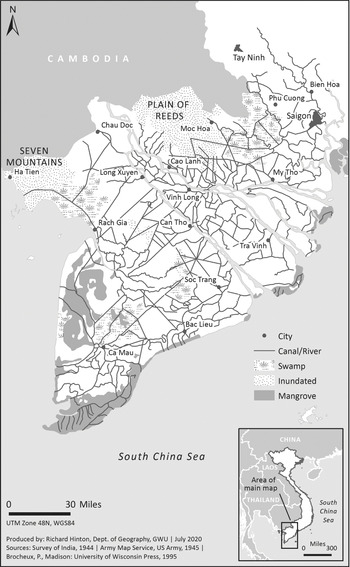

In the twentieth century, Jesuits again began to collaborate with a range of cultural, political, and religious actors as they worked to extend the reach of the church as they understood it. Throughout much of the nineteenth century, members of the restored Society saw themselves as defenders of tradition and orthodoxy against the “corrosions” of modernity, repudiating the pragmatic accommodations that had often characterized Jesuits’ work throughout the globe. Within twenty years, Jesuits confidently participated in arguments over the role of Catholics and of religion itself in the United States, and they began to create an educational network that stretched the length and breadth of the nation. And although only a handful of former Jesuits remained when the order was restored, their numbers and influence grew rapidly. The Jesuit who would become the first bishop and archbishop in the United States, John Carroll (1735–1815), drew on his formation in the Society and on his brethren’s advice as he knit Catholicism into the revolutionary and early national United States. Yet, Jesuits remained a part of the history of the American church even when they did not, in the view of the church, exist.
After first facing banishment from particular realms, in 1773 the Society was suppressed by Pope Clement XIV (1705–74, r.1769–74).

In the eighteenth century, the order ran afoul of European sovereigns.

In the years that followed, Jesuits explored territory, proselytized indigenous peoples, and participated in Spanish, French, and English imperialism in ways that shaped both local and transatlantic communities. Members of the Society of Jesus first set foot on land that would become part of the United States in the earliest days of European colonization. O’Donnell’s narrative concludes with a brief discussion of Jesuits’ declining numbers, as well as their response to their slaveholding past and involvement in clerical sexual abuse. The twentieth century involved Jesuits first in American war efforts and papal critiques of modernity, and then (in accord with the leadership of John Courtney Murray and Pedro Arrupe) in a rethinking of their relationship to modernity, to other faiths, and to earthly injustice. John Carroll envisioned an American church integrated with Protestant neighbors during the early years of the republic nineteenth-century Jesuits, many of them immigrants, rejected Carroll’s ethos and created a distinct Catholic infrastructure of schools, colleges, and allegiances. As Catherine O’Donnell demonstrates, Jesuits in French, Spanish, and British colonies were both evangelists and agents of empire. From Eusebio Kino to Daniel Berrigan, and from colonial New England to contemporary Seattle, Jesuits have built and disrupted institutions in ways that have fundamentally shaped the Catholic Church and American society.


 0 kommentar(er)
0 kommentar(er)
